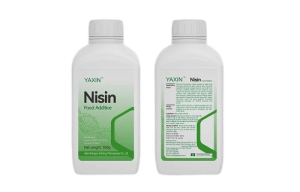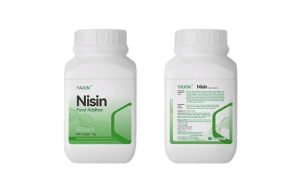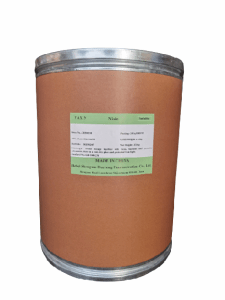
 CONTACT
CONTACT
- Linkman:Linda Yao
- Tel: +8618231198596
- Email:linda.yao@dcpharma.cn
- Linkman:CHARLES.WANG
- Department:Overseas
- Tel: 0086 0311-85537378 0086 0311-85539701
ε-Polylysine Hydrochloride Order Price,Food Preservative
TIME:2024-12-25ε-Polylysine Hydrochloride is a food additive extracted from Streptomyces albulus and is widely used as a preservative in various foods.
ε-Polylysine hydrochloride is a strong cationic polymer with the ability to adsorb anions, enabling it to interact with microbial cell membranes and subsequently affect their integrity and functionality.
I. Mechanisms of Impact on Microbial Cell Membranes
1. Adsorption:
The cationic ε-polylysine hydrochloride can adsorb onto microbial cell membranes, likely through electrostatic interactions.
2. Disruption of Membrane Structure:
Once adsorbed, ε-polylysine hydrochloride disrupts the integrity of the cell membrane, causing a loss of selective permeability. This may lead to the rupture of lysosomes within the cells, inducing autolysis and ultimately resulting in cell death.
3. Impact on Material Metabolism:
The cell membrane serves as a primary site for energy conversion and material metabolism in microorganisms. The damage caused by ε-polylysine hydrochloride to the membrane can interfere with metabolic processes, thereby inhibiting microbial growth and reproduction.
II. Antimicrobial Effects on Different Microorganisms
The antimicrobial effects of ε-polylysine hydrochloride on Gram-negative and Gram-positive bacteria differ significantly, mainly due to the structural differences in their cell membranes.
1. Gram-Negative Bacteria:
The membrane surface of Gram-negative bacteria primarily consists of lipopolysaccharides and phospholipids, with minimal peptidoglycan content, resulting in lower mechanical strength.
ε-Polylysine hydrochloride, as a cationic antimicrobial peptide, competes with divalent calcium and magnesium ions at anionic active sites on the bacterial surface. This makes it easier to disrupt the membrane structure and penetrate into the cell.
2. Gram-Positive Bacteria:
The surface of Gram-positive bacteria features a thick peptidoglycan layer, which provides higher mechanical strength and lacks abundant anionic binding sites. Consequently, the antimicrobial effect of ε-polylysine hydrochloride on Gram-positive bacteria is relatively weaker.
Although research on the impact of ε-polylysine hydrochloride on microbial cell membranes has made significant progress, there remain many unknown aspects that require further exploration. Future studies could delve deeper into its interaction mechanisms with microbial membranes and explore strategies to enhance its antimicrobial efficacy by modifying its structure or combining it with other preservatives.
The effects of ε-polylysine hydrochloride on microbial cell membranes are multifaceted, including adsorption, disruption of membrane structure, and interference with material metabolism. These properties make it an effective preservative with broad application prospects in the food industry.
- Tel:+8618231198596
- Whatsapp:18231198596
- Chat With Skype







